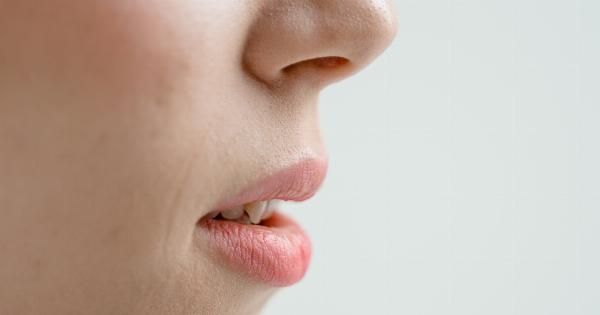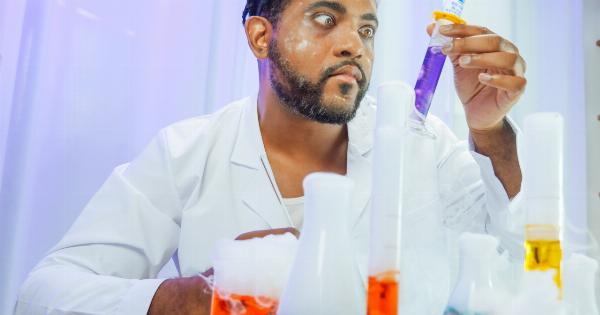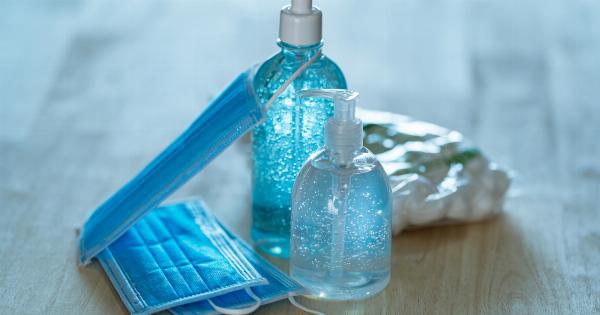When it comes to makeup, lipstick is often considered an essential item. Many women love how a pop of color on the lips can instantly brighten up their face and complete their look.
However, recent studies have shown that wearing fat lipstick may come with hidden dangers that not many people are aware of. In this article, we will delve into the potential risks and hazards associated with wearing fat lipstick and offer some alternative options for safe and healthy lip color.
What is Fat Lipstick?
Before we dive into the dangers of fat lipstick, let’s first clarify what it is. Fat lipstick is a type of lipstick that contains high levels of various types of oils such as coconut oil, almond oil, and shea butter.
These oils are rich in emollients that can provide moisture and hydration to the lips, making them look plump and smooth. Fat lipsticks are also known for their creamy texture and long-lasting wear.
The Dangers of Fat Lipstick
While fat lipstick may seem harmless, studies have shown that it may contain potentially harmful ingredients that can pose health risks to users. Some of the dangers of fat lipstick include:.
1. Presence of Heavy Metals
Many fat lipsticks have been found to contain high levels of heavy metals such as lead, cadmium, and chromium. These metals can be toxic to the body and can cause various health problems such as cancer, developmental problems, and reproductive issues.
Prolonged exposure to these metals through the use of fat lipstick can have serious and long-lasting consequences.
2. Risk of Allergic Reactions
Due to the high levels of oils and emollients, fat lipstick can also increase the risk of allergic reactions. Some of the common allergens found in fat lipstick include lanolin, fragrance, and beeswax.
These ingredients can cause itching, swelling, and redness of the lips and surrounding areas, making it uncomfortable and unpleasant for users.
3. Contamination of Bacteria and Fungi
Another danger of fat lipstick is the risk of bacterial and fungal contamination.
The oils and emollients found in fat lipstick create an ideal environment for bacteria and fungi to thrive, especially if the product is not properly stored or used beyond its expiration date. This can lead to infections, breakouts, and other skin problems.
4. Concerns for the Environment
Fat lipstick also has an impact on the environment.
The extraction and production of the oils and other ingredients used in fat lipstick can lead to the destruction of habitats, deforestation, and the use of harmful chemicals that can pollute water sources and harm wildlife.
Alternatives to Fat Lipstick
While fat lipstick may seem like a great option for those who want moisturized and plump lips, there are alternatives that are safer and healthier. Some of the alternatives to fat lipstick include:.
1. Natural Lip Balms
Natural lip balms made from ingredients such as beeswax, shea butter, and coconut oil can provide the same moisturizing effects without the potential risks of fat lipstick.
Look for products that are free from toxins and heavy metals and are made from organic and sustainable ingredients.
2. Lip Tints
Lip tints are another alternative to fat lipstick. They are made from natural plant dyes and provide a subtle flush of color to the lips without the use of heavy oils or emollients.
Lip tints are also easy to apply and can be used as a replacement for lip balm or gloss.
3. Mineral Lipsticks
Mineral lipsticks are made from natural minerals and pigments and are free from harmful chemicals and toxins. They provide a rich and vibrant color without the risks associated with fat lipstick.
Mineral lipsticks are also longer-lasting and can be worn for extended periods without fading or smudging.
Conclusion
While fat lipstick may seem like an excellent choice for those looking for hydrated and plump lips, its potential dangers should not be ignored.
Heavy metals, allergic reactions, bacterial and fungal contamination, and environmental concerns are just some of the risks associated with fat lipstick. As we have seen, there are alternatives that are safer and healthier, such as natural lip balms, lip tints, and mineral lipsticks.
It is therefore essential to be aware of the pitfalls of fat lipstick and opt for the alternatives instead to ensure the health and safety of your lips and the environment.






























